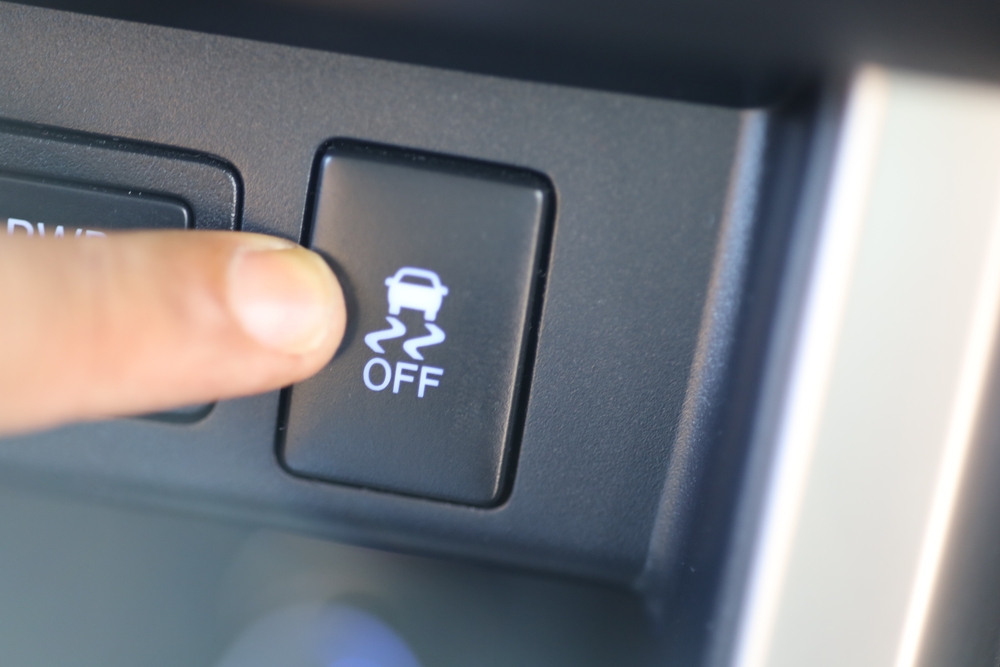Tinting Revolution: The Science and Art of Advanced Automotive Window Films
The world of automotive customization has seen numerous trends come and go, but one modification continues to captivate car enthusiasts and everyday drivers alike: window tinting. Far from its humble beginnings, modern automotive window films have evolved into sophisticated products that offer a blend of style, comfort, and cutting-edge technology. This article delves into the fascinating realm of advanced window tinting, exploring its latest innovations, benefits, and the science behind this transformative automotive enhancement.

The Evolution of Automotive Window Films
Window tinting has come a long way since its inception in the 1960s. Early tints were often nothing more than dyed plastic films applied to glass surfaces, primarily for aesthetic purposes. These rudimentary solutions offered limited UV protection and heat rejection, and were prone to bubbling, peeling, and fading over time.
As technology advanced, so did the quality and capabilities of window films. The introduction of metallic films in the 1990s marked a significant leap forward, offering improved heat rejection and durability. However, these films had their drawbacks, including potential interference with electronic devices and a somewhat reflective appearance.
Today, we stand at the forefront of a tinting revolution, with nano-ceramic and hybrid films leading the charge. These advanced materials offer unprecedented performance in terms of heat rejection, UV protection, and clarity, all while maintaining a sleek, non-metallic appearance.
The Science Behind Modern Tinting Technologies
At the heart of advanced window films lies a complex interplay of materials science and optics. Nano-ceramic films, for instance, utilize microscopic ceramic particles suspended in a polymer matrix. These particles are engineered to selectively block infrared radiation (heat) while allowing visible light to pass through.
The size and distribution of these ceramic nanoparticles are crucial to the film’s performance. By precisely controlling these factors, manufacturers can create films that reject up to 80% of solar heat without significantly darkening the windows. This selective filtering is achieved through a phenomenon known as spectral tuning, where the film’s composition is optimized to target specific wavelengths of light.
Hybrid films take this concept even further by combining ceramic technology with other advanced materials such as carbon and metallic alloys. This multi-layer approach allows for even greater customization of the film’s properties, offering an optimal balance of heat rejection, visibility, and electromagnetic transparency.
Performance Benefits Beyond Aesthetics
While the visual appeal of tinted windows is undeniable, the true value of advanced films lies in their performance benefits. Modern tints offer a range of advantages that extend far beyond mere appearances:
-
Enhanced Thermal Comfort: By rejecting up to 80% of solar heat, these films significantly reduce the load on a vehicle’s air conditioning system, improving fuel efficiency and passenger comfort.
-
UV Protection: Advanced films can block up to 99% of harmful UV rays, protecting both the vehicle’s interior and its occupants from sun damage.
-
Glare Reduction: High-quality tints reduce eye strain and improve visibility by minimizing glare from the sun and headlights.
-
Safety and Security: Some films are designed to hold shattered glass in place during an accident, reducing the risk of injury from flying shards.
-
Privacy: Tinted windows offer an added layer of privacy for passengers and valuables, without compromising outward visibility.
The Installation Process: Precision and Expertise
Applying advanced window films is a delicate process that requires skill, patience, and specialized tools. Professional installers use computer-cut patterns to ensure a perfect fit for each vehicle model, minimizing waste and ensuring seamless coverage.
The installation begins with a thorough cleaning of the windows to remove any contaminants that could interfere with adhesion. The film is then carefully applied using a solution that allows for precise positioning. Specialized squeegees are used to remove air bubbles and excess liquid, ensuring a smooth, bubble-free finish.
One of the most critical aspects of the installation process is the curing time. Advanced films typically require 24 to 48 hours to fully bond with the glass surface. During this period, it’s essential to avoid rolling down the windows or exposing the vehicle to excessive moisture.
Legal Considerations and Future Trends
While the benefits of window tinting are clear, it’s important to note that legal restrictions on tint darkness vary by jurisdiction. Many regions have specific regulations regarding the visible light transmission (VLT) percentage allowed for different windows on a vehicle. These laws are in place to ensure driver visibility and safety, particularly at night.
Looking to the future, the window film industry continues to innovate. Emerging technologies include switchable films that can change their tint level on demand, and even films with integrated displays that can turn windows into interactive screens. These advancements promise to further blur the line between functionality and high-tech luxury in automotive design.
As we move forward, the role of window films in vehicle efficiency and safety is likely to expand. With increasing focus on energy efficiency and passenger comfort, advanced tinting technologies may become standard features in future vehicle designs, offering a perfect blend of style, comfort, and cutting-edge automotive engineering.





